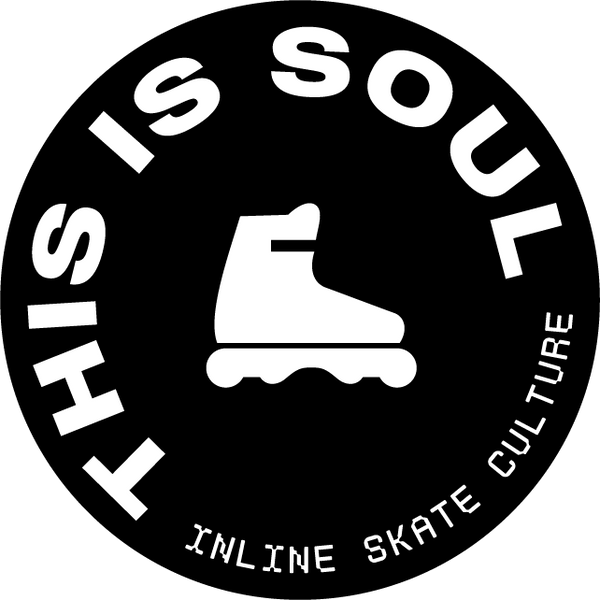How to ride backwards
Short answer
Learning to ride backwards is a key inline skating skill—practice proper techniques, and you'll master it quickly and confidently.
Mastering how to ride backwards
Riding backwards, also known as "fakie" in skating terminology, is an essential skill for inline skaters looking to improve their versatility. Although it might seem challenging at first, breaking the process into simple steps makes it achievable for everyone. Here’s a complete guide to help you ride backwards with confidence.
Start with the basics to ride backwards
Before attempting to ride backwards, ensure you have solid control over your skates. Begin by practicing the basic skating stance: knees bent, shoulders over your toes, and your weight evenly distributed. This foundational stance is key for balance and control, especially when learning new techniques.
If you’re completely new to skating, start with exercises like flow skating and lemon drops, as these will help you get comfortable with movements and transitions.
Push off and practice rolling backwards
- Find a smooth surface for your ride backwards: Choose a skate park or smooth pavement with minimal obstacles and no traffic.
- Use an obstacle for push-off: Begin in your skating stance near a railing or wall. Push off gently to start rolling backward.
- Master the lemon drop technique for riding backwards: Move your feet in a wide-to-narrow motion, imitating lemons on the ground. This helps maintain speed and control.
- Repetition is key for a smooth ride backwards: Practice this movement repeatedly to build muscle memory. Gradually push off with more force for a steady backward roll.
Practice stopping safely
One of the most important skills to master is how to stop while skating backward. Before you learn advanced stopping techniques, try the "proposal" fall.
- The proposal stop: If you lose balance or need to stop quickly, drop one knee gently to the ground. Ensure you’re wearing knee pads to protect yourself.
Master the predator stance
- Master the predator stance for riding backwards: Position one foot slightly in front of the other and shift your weight to the front foot. This stance ensures stability and directional control while skating backward.
- Push off in predator stance for ride backwards: Use a wall or railing for a gentle push-off, keeping your weight focused on the front foot for balance.
- Control your back foot to perfect ride backwards: Prevent inward turning by exaggerating the outward push of your heel, ensuring smoother movement.
- Practice straight lines for effective ride backwards: Concentrate on rolling backward in a straight path. Refine your technique until you can maintain consistent, controlled motion without veering off course.
Build speed and confidence
Once you’ve mastered the basics, you can add speed and practice more advanced techniques:
- The penguin move: Start with your feet in an A-frame shape and alternate steps to gain momentum while skating backward.
- Add slalom: Place cones or objects on the ground and practice weaving around them to improve your control and flow.
Look where you’re going while riding backwards
As you gain confidence, start practicing how to look behind you while riding backward.
- Turn your head: Begin by turning your head slightly to check your surroundings.
- Add shoulder rotation: Gradually turn your shoulders for a clearer view. This technique might feel difficult initially, but with practice, it becomes second nature.
Take it to the next level
For advanced practice, move to a quarter pipe or half pipe at your local skate park. Start low and gradually increase your height as you build confidence. Always use the predator stance for stability and control.
Final tips to ride backwards
- Practice regularly to build confidence and muscle memory.
- Stay patient; mastering backward skating takes time and repetition.
- Make it fun by experimenting with cones, turns, and freestyle moves.
